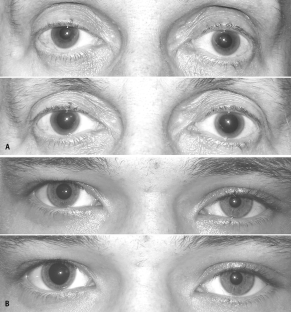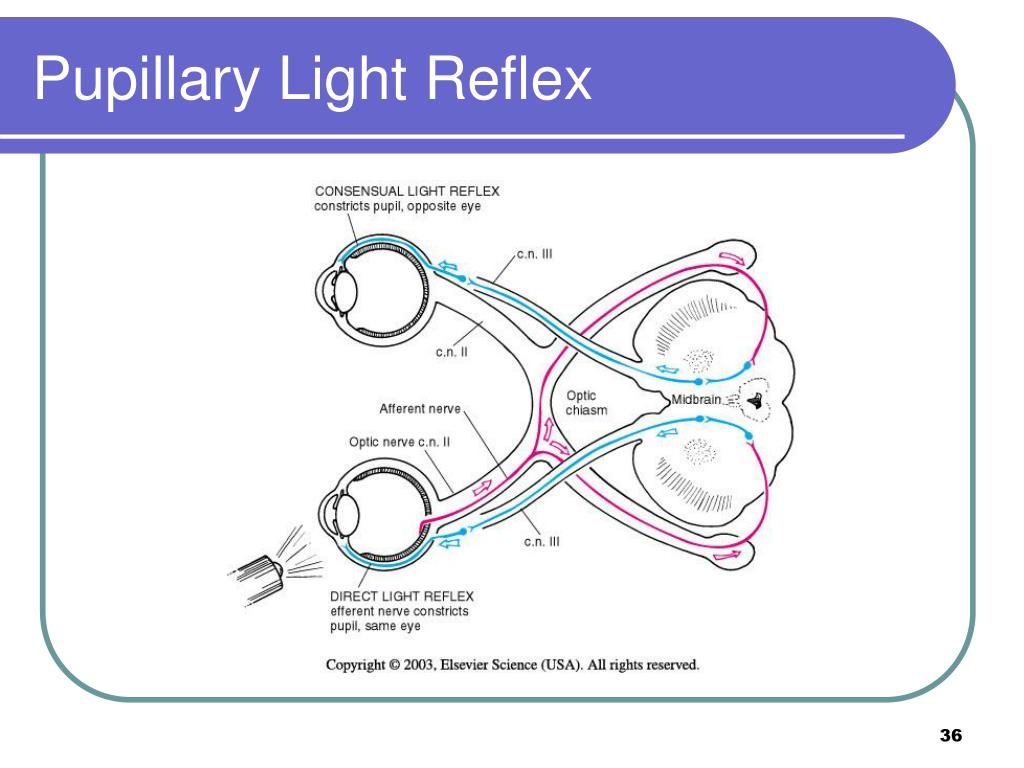
A direct pupillary reflex is pupillary response to light that enters the ipsilateral (same) eye. The terms direct and consensual refers to the side where the light source comes from, relative to the side of the reacting pupil. When light is shone into only one eye and not the other, it is normal for both pupils to constrict simultaneously. Right pupillary reflex means reaction of the right pupil, whether light is shone into the left eye, right eye, or both eyes. Left pupillary reflex refers to the response of the left pupil to light, regardless of which eye is exposed to a light source. Pupillary reflex is conceptually linked to the side (left or right) of the reacting pupil, and not to the side from which light stimulation originates. Pupillary reflex is synonymous with pupillary response, which may be pupillary constriction or dilation. Whereas, the pupil is the passive opening formed by the active iris.

It may be helpful to consider the Pupillary reflex as an ' Iris' reflex, as the iris sphincter and dilator muscles are what can be seen responding to ambient light. By analogy with a camera, the pupil is equivalent to aperture, whereas the iris is equivalent to the diaphragm. The pupil is the dark circular opening in the center of the iris and is where light enters the eye. The W-shaped pupil of the cuttlefish dilating when the lights are turned off Terminology Light shone into one eye will cause both pupils to constrict. Thus, the pupillary light reflex regulates the intensity of light entering the eye. A greater intensity of light causes the pupil to constrict ( miosis/myosis thereby allowing less light in), whereas a lower intensity of light causes the pupil to dilate ( mydriasis, expansion thereby allowing more light in). The pupillary light reflex ( PLR) or photopupillary reflex is a reflex that controls the diameter of the pupil, in response to the intensity ( luminance) of light that falls on the retinal ganglion cells of the retina in the back of the eye, thereby assisting in adaptation of vision to various levels of lightness/darkness. In this case the pupil is 3 mm in diameter on the left, and 9 mm on the right


Eye reflex which alters the pupil's size in response to light intensity Variation in the size of the pupil in bright (left) and dim (right) environments.


 0 kommentar(er)
0 kommentar(er)
